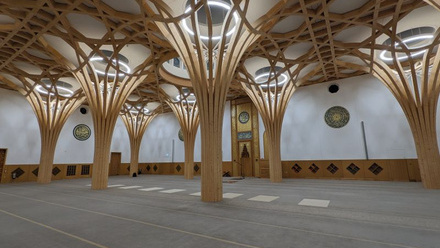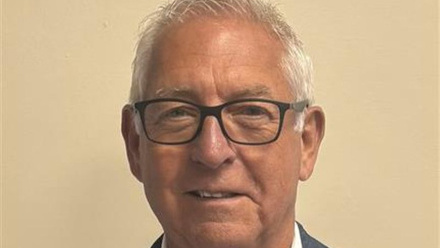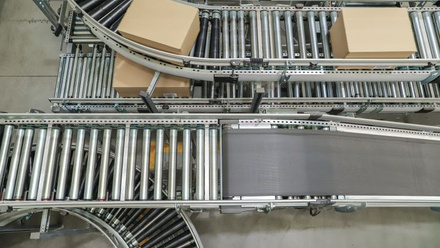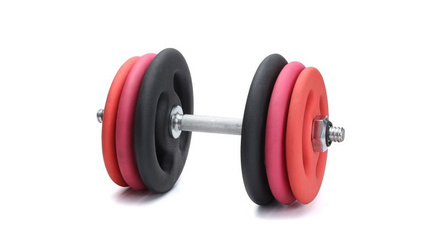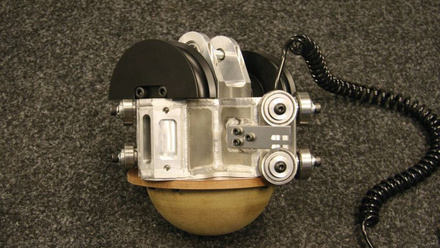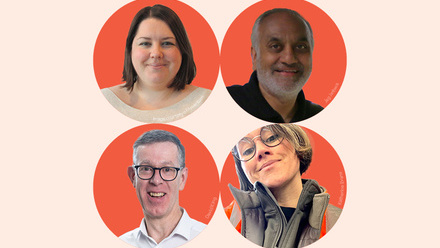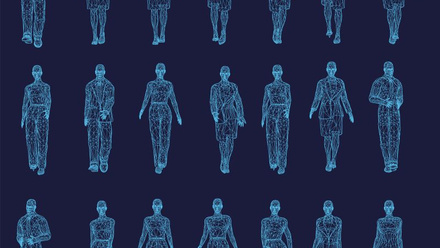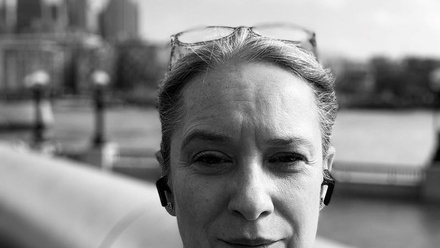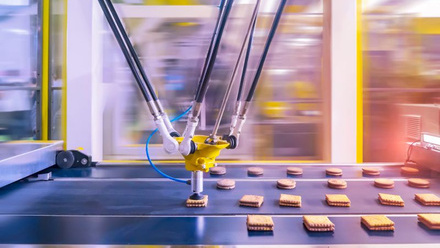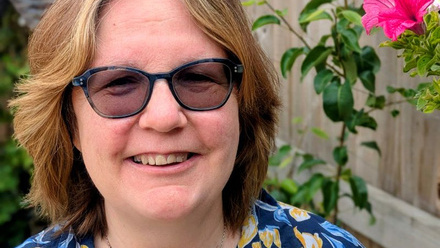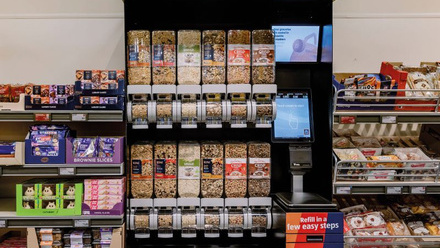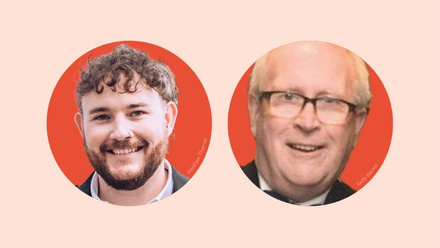Welcome to the July/August issue of Materials World
The UK’s Design Council released its Skills for Planet Blueprint last month, mapping how designers can integrate environmental design by evaluating green impact, regenerating nature, embedding circularity, eliminating emissions, empowering communities and influencing behaviour. Although watch out for ‘greenwashing’ when making sustainability claims about products or materials, caution members of the IOM3 Sustainable Development Group Leadership Team.
Professor Joan Cordiner of the National Engineering Policy Centre discusses how design and engineering choices are key. She laments how the focus on virgin critical material supply means “there is little focus on how we can use less material in the first place, find alternatives, and reuse and recycle them domestically”. An article on rare-earths discusses efforts to recover these materials from end-of-life magnets as one alternative to secure supply.
But it’s not all about sustainable design. Our contributors remind designers and engineers of their role in ensuring inclusive design and equitable safety are also not relegated to an afterthought.
Jenny McLaughlin, Senior Project Manager at Heathrow Airport, introduces the ‘Wheel of Considerations’ – a publicly available tool to help design teams consider the diversity of users at every stage of a project.
With this view, Animesh Anand MIMMM, Vice Chair of the IOM3 Ably Different Group, explains how accessibility is “often seen as a checklist and a reactive fix to make existing things usable for disabled people”. Inclusive design, he says, removes any unintended barriers in the first place.
At an event on healthy buildings, the unintended consequences of retrofitting buildings to be more energy efficient were considered, with risks of overheating or increasing indoor pollutants. The event explored how environmental design can be paired with consideration for human health and wellbeing.
Rupal Mehta, Editor
We hope you enjoy this issue.





